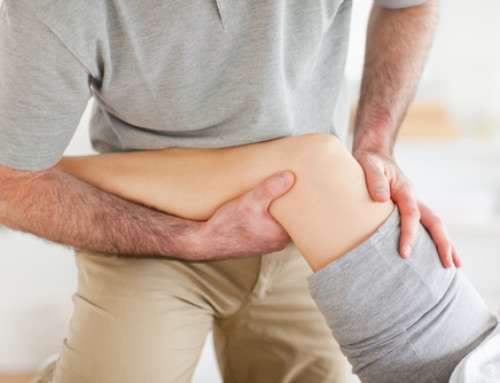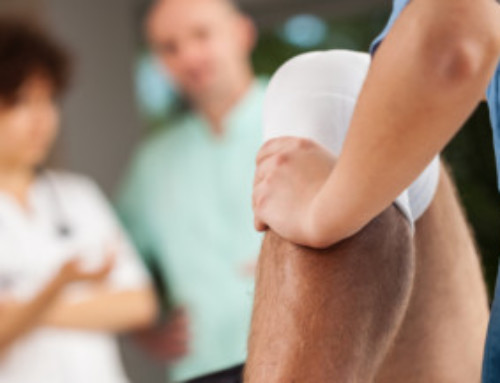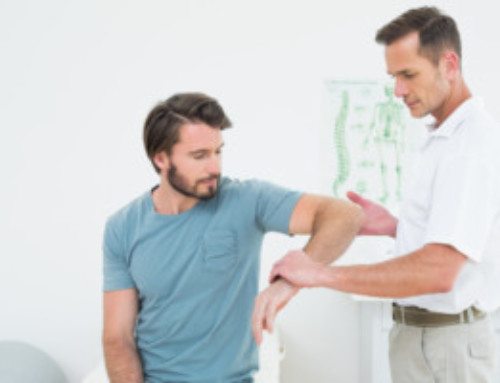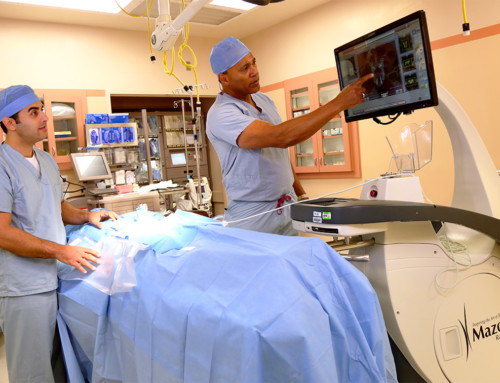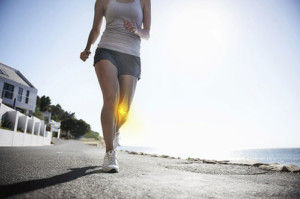 One of the best defenses against the growing threat of osteoarthritis as you age is simply to outrun your aches and pains. While this strategy doesn’t seem intuitive to everyone, the fact is that a balanced approach to physical activity decreases pain, improves joint function and quality of life, improves your mood, and helps manage other chronic health conditions such as heart disease and diabetes. Plus, it doesn’t have to consume the bulk of your time and attention, either.
One of the best defenses against the growing threat of osteoarthritis as you age is simply to outrun your aches and pains. While this strategy doesn’t seem intuitive to everyone, the fact is that a balanced approach to physical activity decreases pain, improves joint function and quality of life, improves your mood, and helps manage other chronic health conditions such as heart disease and diabetes. Plus, it doesn’t have to consume the bulk of your time and attention, either.
“Exercise is a major factor in healthy joints,” said Dr. Andrew Hartman, an orthopedic surgeon affiliated with Tri-City Medical Center. “Spending just two and a half hours of moderate-intensity aerobic activity per week or one hour and 15 minutes of vigorous-intensity aerobic activity every week will set up a healthful defense around the perimeter of your body.”
Making time to exercise is important and there are ways to ensure you are set up for success along the way.
What Exercises Should I Do?
Aerobic activity is anything that will make your heart beat faster and breathe a little harder than when you are resting. To start with, some good low-impact activities to pick from include brisk walking, water aerobics, gardening, dancing, and group exercises.
If you want to take it up a notch, some examples of moderate-intensity activities are brisk walking, bicycling, swimming, mowing the grass or heavy yard work, doubles tennis, social dancing, hiking, tai chi or yoga, and sports like softball, baseball, volleyball, skiing, roller skating, and ice skating. If you can still talk comfortably but can’t sing, you’re on the right track.
For the more ambitious, a vigorous-intensity activity means finding something you can do where you find yourself unable to sing or talk comfortably without stopping. Some of these exercises include jogging, running, singles tennis, jumping rope, and sports like soccer, basketball, racquetball, aerobic dance, or spinning classes.
Don’t Pick Just One
To maximize the benefits to your body, choose a variety of different exercises each time you exercise, and remember that any physical activity is better than none. Try to exercise in addition to doing your other daily activities; it doesn’t have to be all at once. If you prefer, you can break up your exercise time into smaller increments throughout the day. Moderate, low-impact exercises are the safest, but more health benefits are gained with more exercise. In general, the benefits of exercise outweigh the risks.
Also attempt to mix in some muscle strengthening using weights, resistance bands, or calisthenics. An ideal regimen should work all the major muscle groups of the body – legs, hips, back, chest, abdomen, shoulders, and arms – and it should be performed two or more days per week.
Dr. Hartman agrees, “Incorporating resistance and strength exercises into your fitness routine supports the muscles, tendons, and ligaments of the body. An increase in muscle strength leads to better protection and shock absorption abilities of the muscles surrounding your joints.”
For people who are at risk of falling, balance exercises are another important component. Some examples of balance exercises are walking backwards, standing on one foot, and tai chi.
Exercise SMART
Our doctors recommend the SMART approach to an exercise routine:
Start low and go slow.
Modify activity when arthritis symptoms increase, but try to remain active.
Activities should be joint friendly.
Recognize safe places and ways to be active.
Talk to a health professional or certified exercise specialist about the proper exercises for you.
When the Pain Sets In
Pay close attention to the feedback your body is giving you while exercising and make appropriate adjustments to avoid excess pain and unnecessary injuries. And while some soreness or aching from exercise is normal for the first four to six weeks, and the good news is it should lessen over time.
If you experience pain after establishing an exercise regimen, here are the most common tips: Decrease the duration and frequency of your workout, modify the types of activities you are performing, warm up before and cool down after your workout, exercise at a comfortable pace – one where you should be able to talk, and wear good-fitting, comfortable shoes.
“Reducing joint pain after exercise is important to ensure proper healing of the tendons and ligaments of the joints,” said Dr. Hartman. “One way to help reduce pain is to apply a towel-wrapped ice pack for no more than 20 minutes at a time, three to four times per day.”
Any soreness that lasts longer than 48 hours means you need to take it easier next time you exercise. That pain may be telling you that you’ve overstressed your joints, muscles, or tendons, and working through it may lead to injury or damage.
You’d better call your doctor if the pain exhibits any of these warning signs: It becomes sharp, stabbing, or constant; it causes limping; it lasts more than two hours or worsens at night; it is not relieved by rest, medications, or hot or cold packs; you observe large increases in swelling, redness, or warmth; or the joint feels hot.
In the end, a balanced and consistent exercise plan is one of the most beneficial treatments for your progressing osteoarthritis condition. Plan a little exercise into your daily life and outrun your aches and pains.

About Dr. Hartman
Dr. Andrew Hartman specializes in surgery of the shoulder, elbow and hand. In addition to completing his orthopedic surgery residency, he has also completed an additional year of fellowship training in upper extremity surgery at the University of California at San Diego. Dr. Hartman insures he is utilizing the most innovative and effective treatments in patient care. He believes the combination of surgical expertise and mastery of state of the art techniques is essential to optimal patient outcomes and improving quality of life.

